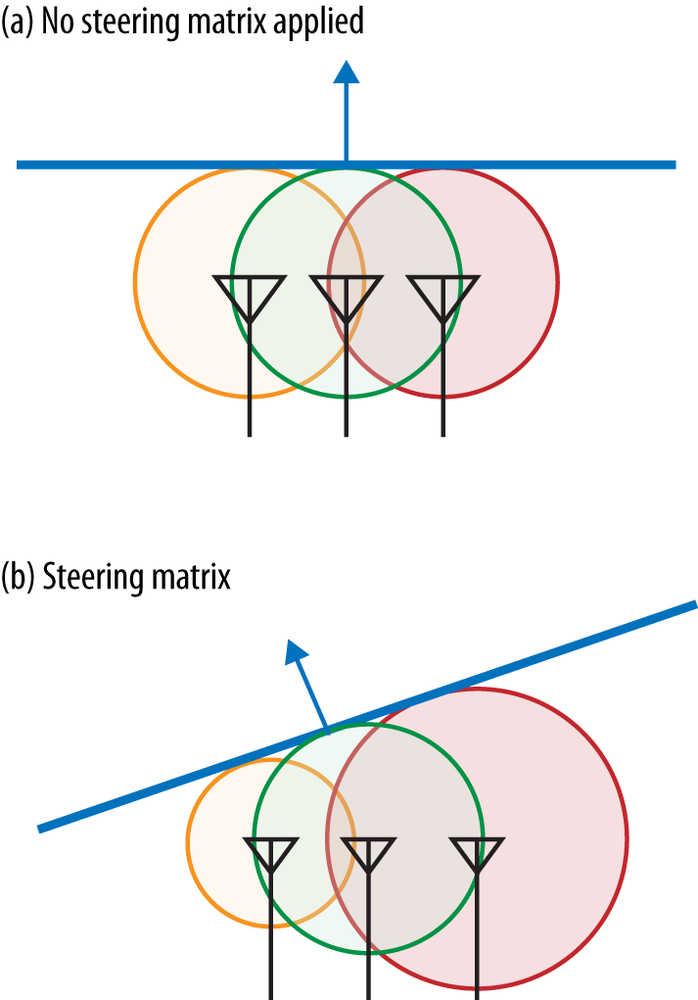Why don't cellphones use unidirectional antennas instead of omnidirectional (single dipole) antennas?
This could be accomplished by using a unidirectional array of dipole antennas (specifically, a broadside array) placed at different locations in the phone, where each antenna's phase could be changed in such a way to minimize radiation directed into the user's head and maximize radiation sent in the direction of the cell tower, producing a radiation pattern as is shown in the picture below.
But, with digital electronics, arbitrary phase-delays could be introduced to change the orientation of the major lobe.
Cellphone batteries would last longer and there would be less adverse health effects due to EMF exposure.

